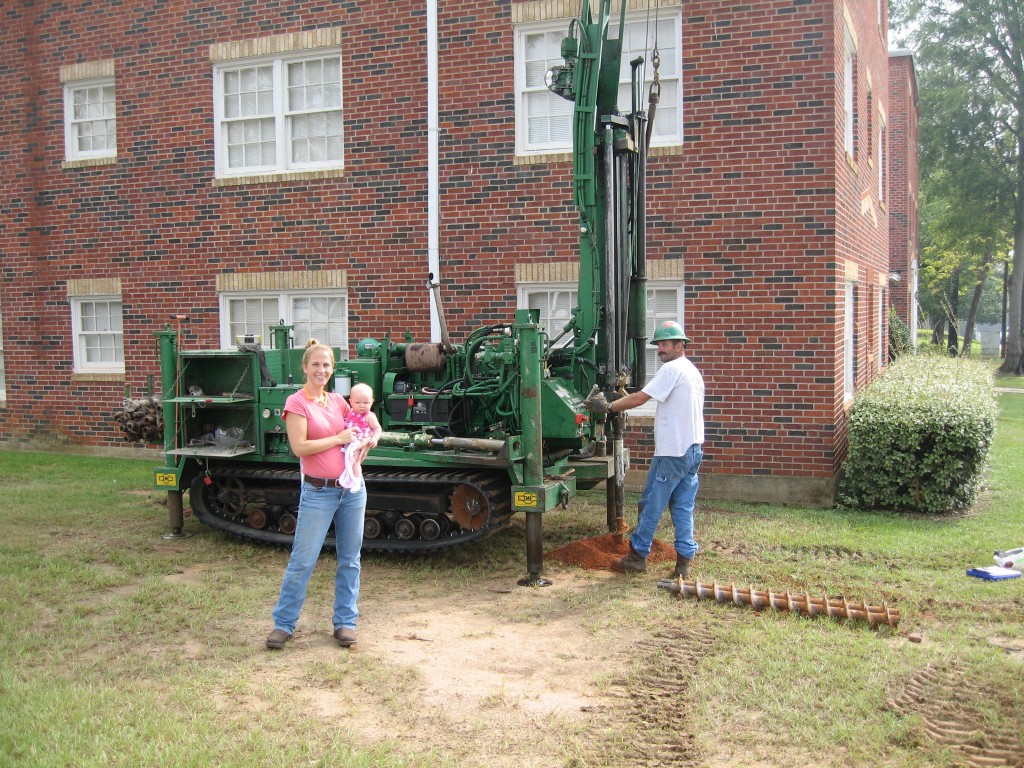Commercial and residential projects in Oklahoma do not require on-site geotechnical engineering. Most geotechnical firms do not provide on-site engineering in their normal scopes of work and fee proposals. Because of this, many geotechnical engineers never see the site of the project they are providing recommendations for. Red Rock Consulting always recommends on-site engineering and provides it on each project unless a special exception has been agreed upon with the client for a specific project.
Geotechnical engineering recommendations are site specific for every project. Physically observing the site, the surroundings and the subsurface materials as they come out of the ground is crucial to providing the best recommendations for the project.
ADVANTAGES OF ON-SITE ENGINEERING

Marking Boring Locations
- LOCATION AND RELOCATION OF BORINGS
Geotechnical borings should be located on-site by the engineer. The geotechnical engineer is the only person who has been in contact with the client and with direct knowledge of the project objectives, constraints and concerns. In addition, the geotechnical engineer is the only person who has communicated with the utility locators.
Many sites have obstructions or other reasons why the borings cannot be located at the preferred locations. With a geotechnical engineer on site the decision is made with the proposed project in mind by an engineer familiar with the project and needs of the client.

Field Logs
- MORE ACCURATE BORING LOGS
A geotechnical engineer on-site should always log the borings as the drilling is taking place. In this case, the drill crew is allowed to focus on the equipment and the “feel” of the subsurface conditions as the borings are advanced. The geotechnical engineer should communicate with the drill crew regarding drilling, field testing and subsurface conditions and observe and log the soil samples as they are produced.
When a geotechnical engineer logs the borings, site specific questions can be addressed more quickly. Changes in boring depth and sampling of special soil conditions, which are both discussed below, are two examples of on-site issues that may arise on a project.
- CHANGES IN BORING DEPTH
Occasionally borings need to be advanced to a different depth than planned due to encountering unanticipated subsurface materials, such as deep or shallow bedrock or very soft materials, for example. With a geotechnical engineer on site, the decision to extend or terminate the boring can be made without having to return to the site, which would result in additional mobilization and soil drilling charges.
-
SPECIAL SOIL CONDITIONS
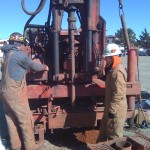
Communicating with Drillers
Oklahoma has a number of soil conditions which can be identified on site by a trained geotechnical engineer. Two examples of such soils are expansive soils and sulfate rich soils, both of which can be detrimental to construction projects if left unidentified. A geotechnical engineer, who is on the project site and observing the soil, can identify these problematic soils immediately and have them tested in order to provide proper recommendations to combat such soils.
- GEOTECHNICAL SOLUTIONS
The best geotechnical engineering reports are those written by engineers who know the project objectives and who have seen the project site first hand. The report is written specifically for the site that was observed and the soil conditions encountered. In addition, if any questions arise during design and/or construction, the geotechnical engineer can provide informed solutions as a result of the on–site experience during the geotechnical investigation.

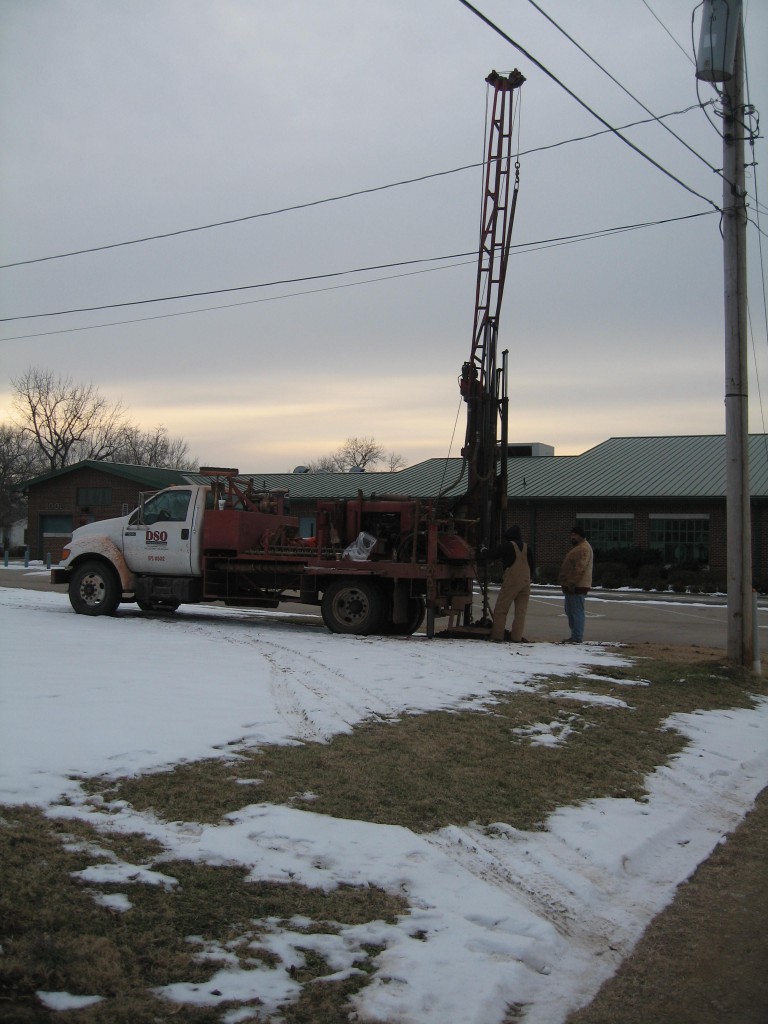
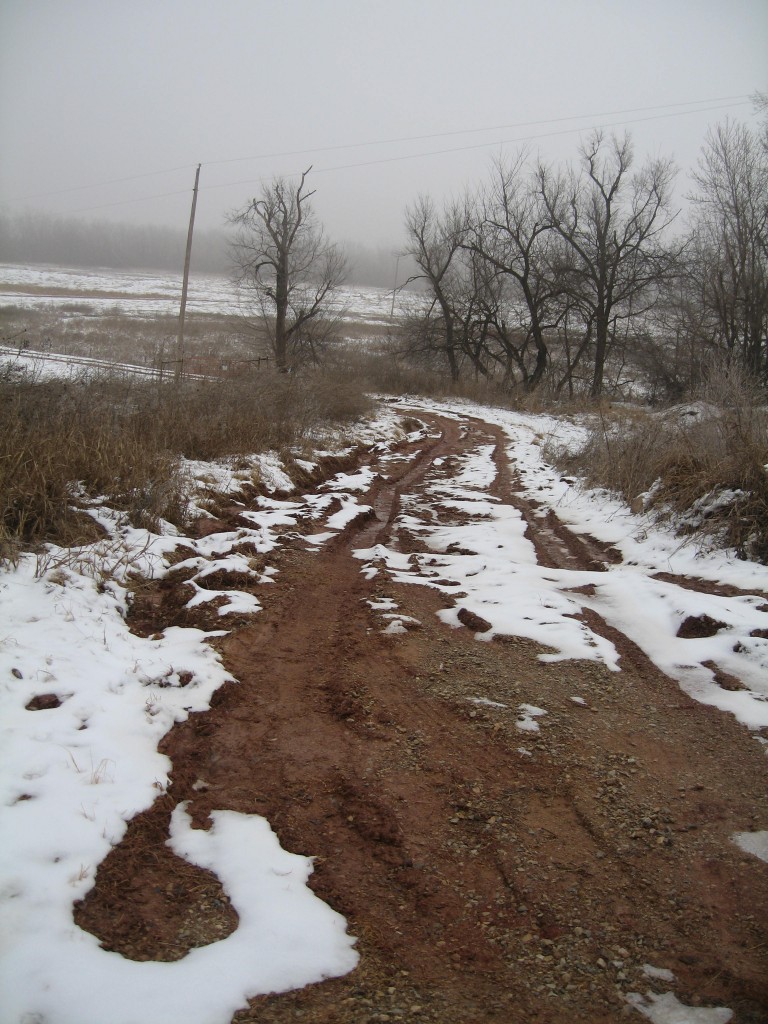
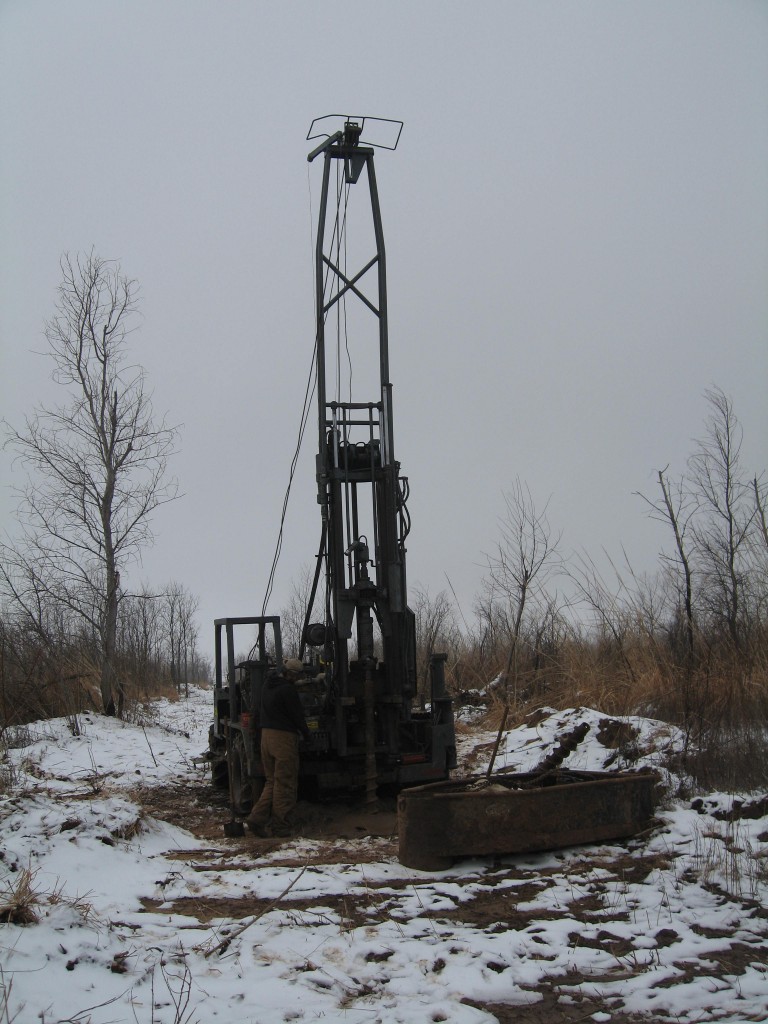
 Now if we could just get a few dry days, I could get back to work!
Now if we could just get a few dry days, I could get back to work!
